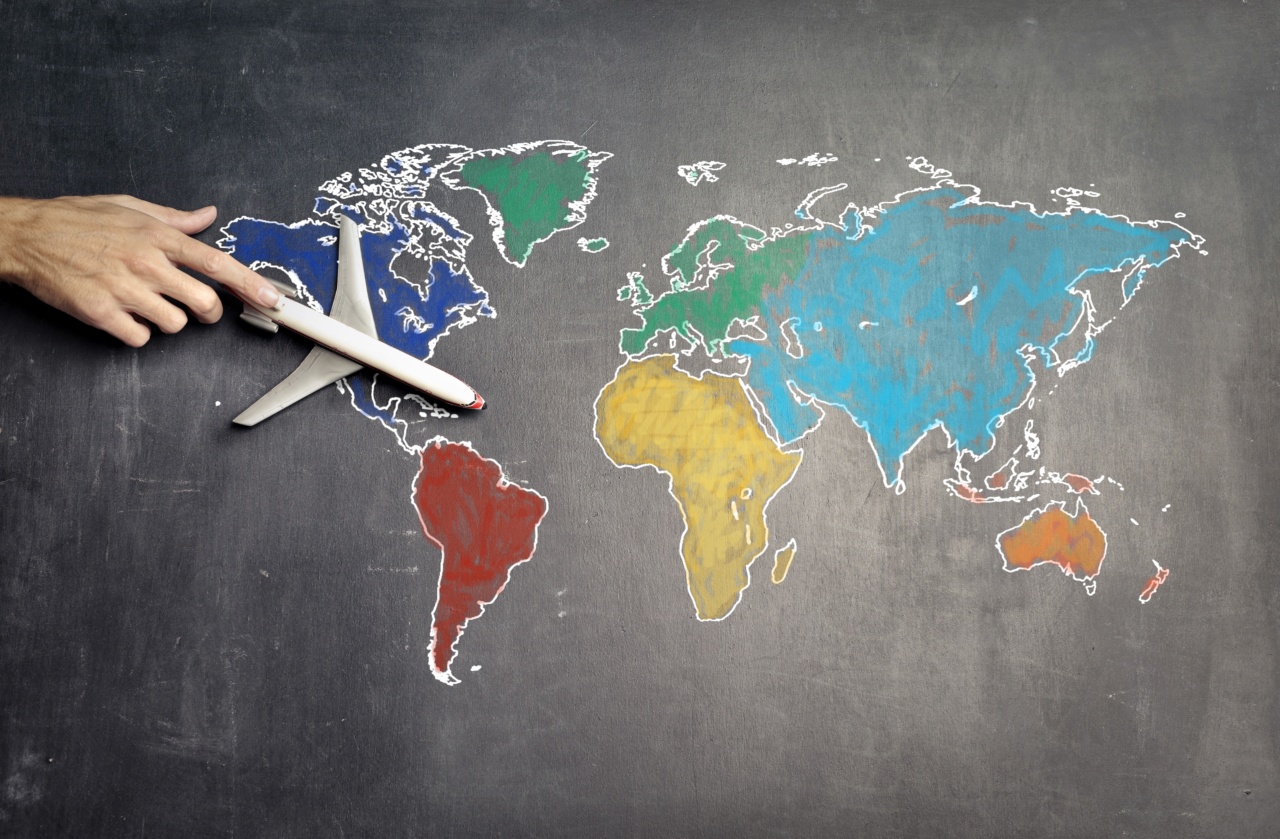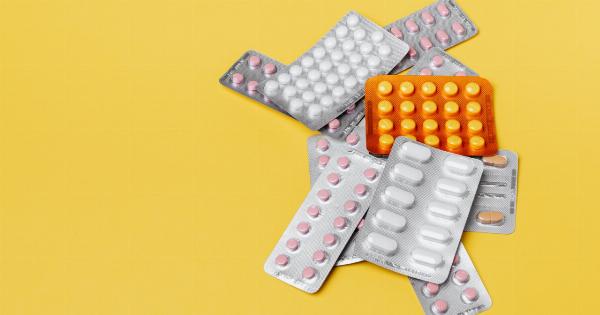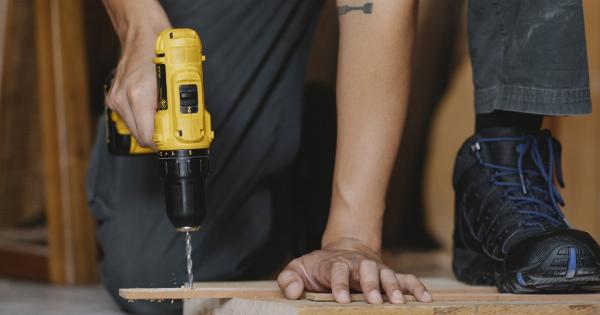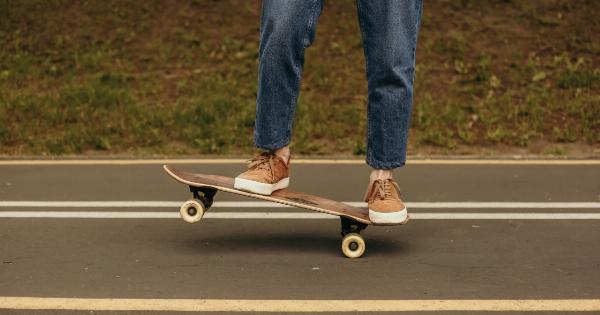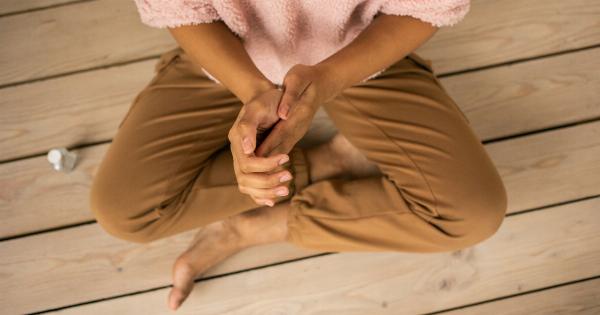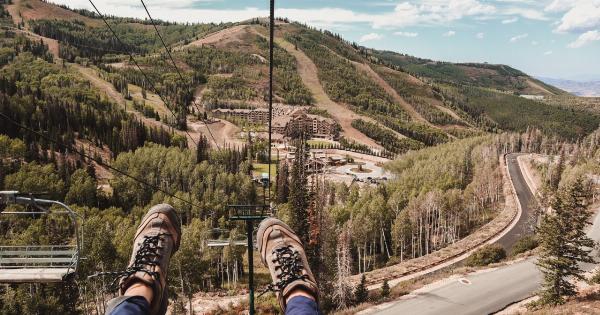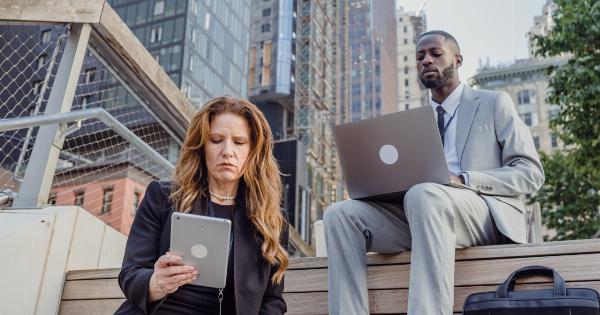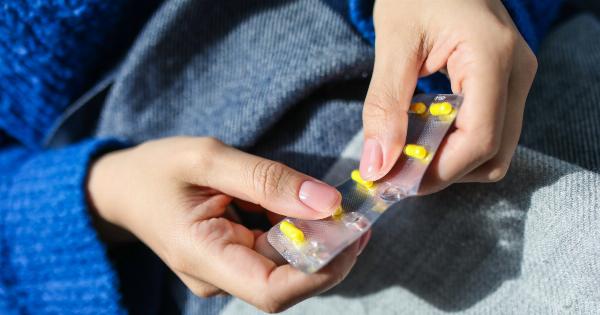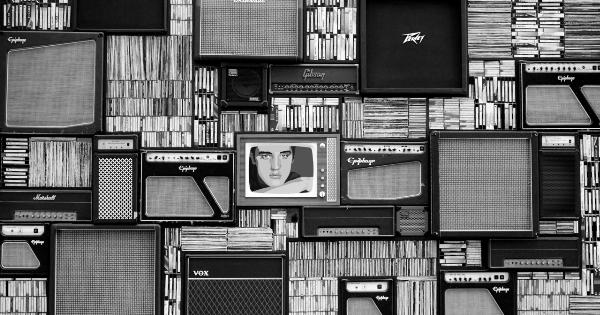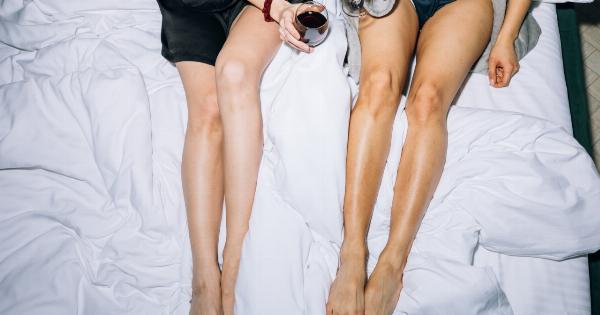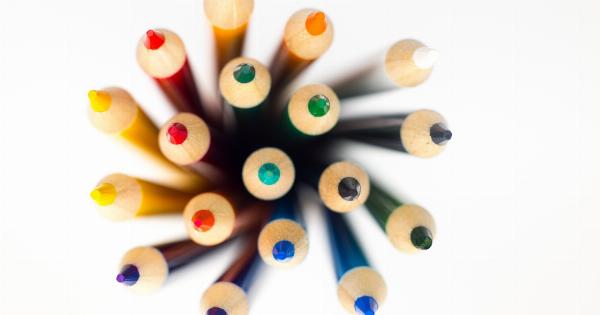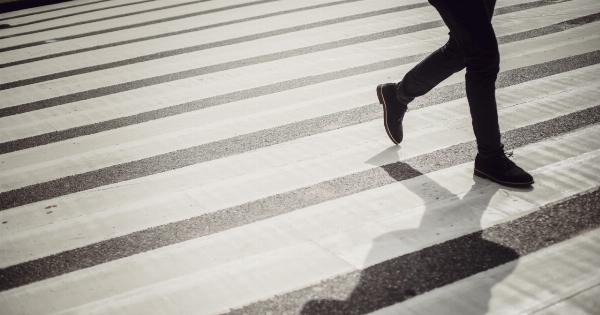As painful as they can be, blisters are a common annoyance that many of us experience at some point in our lives. Whether you’re an athlete, hiker, or wearing a new pair of shoes, blisters can make even the simplest activities unbearable.
But fear not, as we have compiled the ultimate guide to help you get rid of blisters and prevent them from recurring. From understanding the causes to effective treatments and prevention strategies, we’ve got you covered!.
What Are Blisters?
Blisters are small pockets of fluid that form beneath the top layer of the skin. They are generally round or oval-shaped and can vary in size. The fluid within a blister can be clear or blood-filled, depending on the cause.
Blisters can form anywhere on the body, but they are commonly found on the feet, hands, and heels.
Causes of Blisters
There are several common causes of blisters:.
Friction: The most common cause of blisters is repetitive friction on the skin. This can occur due to ill-fitting shoes, excessive rubbing, or repetitive movements during physical activities.
Burns: Thermal burns, such as those caused by hot surfaces or liquids, can result in blisters.
Irritants: Blisters can also be caused by contact with irritants, such as chemicals or certain plants like poison ivy.
Allergies: Some individuals may experience blister formation as an allergic reaction to certain substances, such as medications or skincare products.
Treatment Options for Blisters
While blisters can be bothersome, there are several treatment options available to help alleviate discomfort and promote healing:.
Leave it alone: In most cases, it is best to leave a blister intact, as it serves as a protective barrier against infection.
Avoid popping or puncturing the blister unless it becomes extremely painful or develops signs of infection, such as redness, swelling, or pus.
Protective padding: Applying a protective padding, such as moleskin or a blister bandage, can help reduce friction and provide relief.
Topical ointments: Over-the-counter ointments, creams, or hydrogel dressings can help soothe the blister and keep it moisturized, preventing further irritation.
Draining the blister: If the blister is causing excessive pain or discomfort, it may be necessary to drain it. To do this, sterilize a needle or pin with rubbing alcohol, puncture the edge of the blister, and gently press the fluid out.
Leave the overlying skin intact to protect the exposed area.
Antibiotic ointments: If a blister becomes infected, resulting in redness, swelling, or discharge, it is important to seek medical attention. A healthcare professional may prescribe topical or oral antibiotics to treat the infection.
Preventing Blisters
Prevention is key when it comes to blisters. Here are some strategies to help you prevent blisters from forming:.
Proper footwear: Ensure that your shoes fit properly and provide adequate support. Avoid shoes that are too tight or rub against your skin.
Moisture-wicking socks: Opt for moisture-wicking socks that can help keep your feet dry and reduce friction.
Break-in new shoes: Gradually break in new shoes by wearing them for short periods before engaging in long walks or vigorous activities.
Use talcum powder or lubricants: Applying talcum powder or lubricants, such as petroleum jelly, can help reduce friction on areas prone to blisters.
Avoid excessive moisture: Keep your skin dry, especially during physical activities or in humid environments. Excessive moisture can increase the likelihood of blister formation.
When to Seek Medical Attention
In most cases, blisters can be effectively managed at home. However, there are certain situations where it is advisable to seek medical attention:.
If the blister is extremely painful and affecting your daily activities.
If there are signs of infection, such as redness, swelling, or pus.
If you have an underlying medical condition, such as diabetes, that may increase the risk of complications.
If the blister does not heal within two weeks or shows no signs of improvement.
Conclusion
Blisters may be a common occurrence, but with the right knowledge and a few preventive measures, you can significantly reduce their occurrence and find relief when they do occur.
Remember to prioritize comfort when it comes to footwear, be mindful of repetitive friction, and take prompt action if a blister becomes infected. Follow the tips outlined in this ultimate guide to getting rid of blisters, and you’ll be back on your feet pain-free in no time!.
